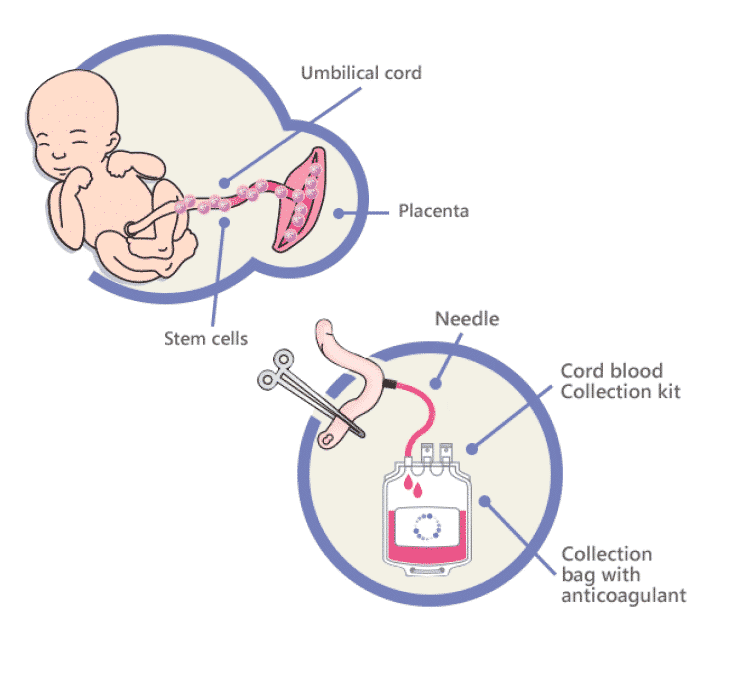Cord and tissue banking involve the collection, processing, and storage of specific biological materials for potential future medical use. These practices offer alternatives for medical therapies and research. Here's an overview of cord and tissue banking:
Cord Blood Banking:
Cord Blood Collection:
Cord blood is the blood collected from the umbilical cord and placenta after childbirth. This blood is rich in stem cells.
The assortment course of is non-invasive and occurs after the infant is born and the umbilical cord is clamped and minimize.
Stem Cell Content:
Cord blood is a useful supply of hematopoietic stem cells, which have the potential to become varied types of blood cells.
These stem cells can be used in the treatment of sure genetic disorders, blood cancers, and other diseases that affect the blood and immune system.
Cord Blood Banking Options:
Public Cord Blood Banks: Donated cord blood is stored in public banks, and it becomes available to anybody in want of a stem cell transplant.
Private Cord Blood Banks: Parents can select to store their baby's cord blood in a personal financial institution for his or her household's unique use. https://maps.app.goo.gl/YJi22Wck99RaLfnb7 involves a payment for collection, processing, and storage.
Tissue Banking:
Tissue Types:
Tissue banking involves the gathering and preservation of various forms of tissues, corresponding to pores and skin, bone, tendons, coronary heart valves, and corneas.
These tissues can be utilized for transplantation to replace broken or diseased tissues in patients.
Transplantation and Reconstruction:
Tissues saved in tissue banks can be utilized for numerous medical functions, including reconstructive surgeries, orthopedic procedures, and treating burns or accidents.
For instance, bone grafts can assist in orthopedic surgeries, and pores and skin grafts could be essential in treating burn victims.
Research:
Tissue banks also assist medical analysis by offering researchers with valuable samples for studies on ailments, remedies, and the event of new therapies.
Donation and Consent:
Tissue donation typically requires the informed consent of the donor or their household. Ethical and legal issues play a major position in the donation course of.
Storage and Preservation:

Tissues are rigorously processed, preserved, and saved beneath controlled situations to maintain up their viability until they are needed for transplantation or analysis.
Cord and tissue banking contribute to advances in medical remedies, offering choices for patients who require stem cell transplants or tissue replacements. These practices also support scientific analysis to raised perceive ailments and develop new therapies. It's important for people to make knowledgeable selections regarding the donation and storage of twine blood or tissues, considering their potential medical benefits and ethical considerations..
